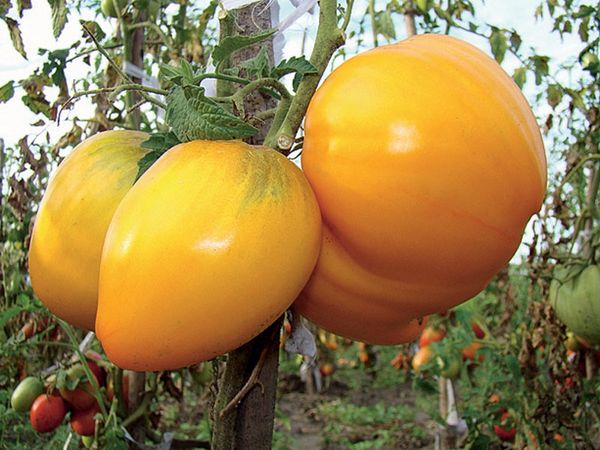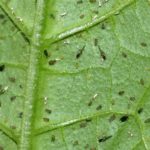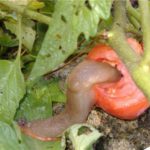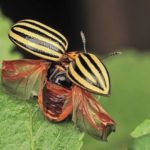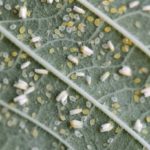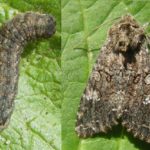Each gardener seeks, planting on his site different varieties of tomatoes, to find resistant to weather changes, high-yielding with good taste. This is exactly what Honey Spas is, the description and characteristics of which you will learn from the article.
Table of contents
Description and characteristics of the variety Honey Spas
The variety was bred in 2004 by Russian breeders under the leadership of Dederko.Honey can save spawn both in hotbeds and open beds. Treats grades of middle early term of aging. The ripening period is 100-115 days.
The bush is tall, in an open ground reaches a height of 150 cm, in greenhouses it grows up to 200 cm. The stems are thin, with a sufficient amount of green mass, they require the obligatory removal of shoots and garters. The fruits are slightly elongated, resemble a kidney in shape, have a rich yellow color. The flesh is juicy, sweet, with a small amount of seeds. The skin is thick, but not hard. Fruit weight 170-600 grams. In greenhouse conditions, the harvest is 14 kg per 1 square. meter. In the open beds 6-7kg per 1 square. meter.
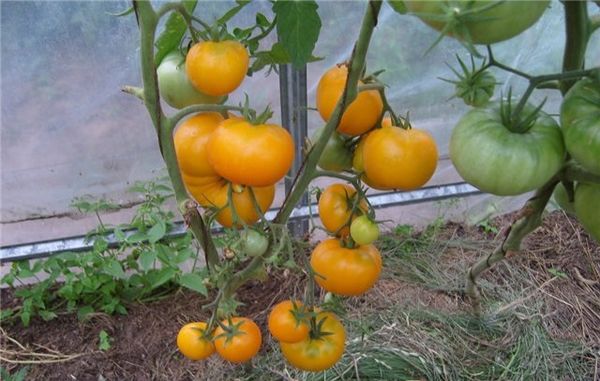
Tomato Honey Spas are often confused with the grade Honey or honey dew. This type of tomato belongs to the pink varieties. The shrub is medium in size and reaches 120-150 cm in height. The fruits are round, rather large in size. Mature fruit weight 350-500 grams. The taste is slightly sour.
Advantages and disadvantages
Sort Honey has such advantages as:
- resilience to climate change;
- high content of carotene and ascorbic acid (vitamin C) in fruits;
- universality of cultivation (greenhouses, open ground);
- good taste;
- no cracking tendency;
- good transportability;
- storage time;
- ability to ripen;
- high immunity to diseases;
- ease of care.
Among the disadvantages include:
- not suitable for marinating due to the lack of acid in the fruit and the presence of large sizes;
- the stems are weak, require a garter to the supports and staving.
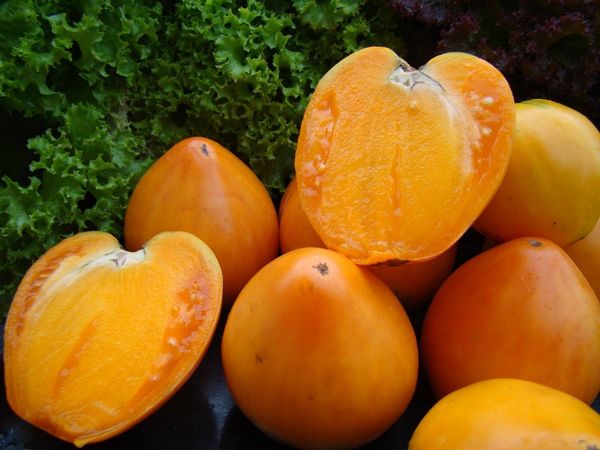
Seed preparation
Planting seeds carried out from 5 to 15 March. Before planting, it is necessary to prepare seeds in the following sequence:
- seed selection by soaking in saline;
- disinfection with 1% potassium permanganate solution;
- seed treatment with growth stimulant;
- germination;
- hardening;
- warming up
Soil preparation
Before sowing seeds, the soil must be prepared:
- the soil must be taken from the garden where onions, cucumbers, and carrots were previously grown;
- mix soil with peat and sifted river sand in equal quantities;
- To normalize the acidity in the soil add ash.
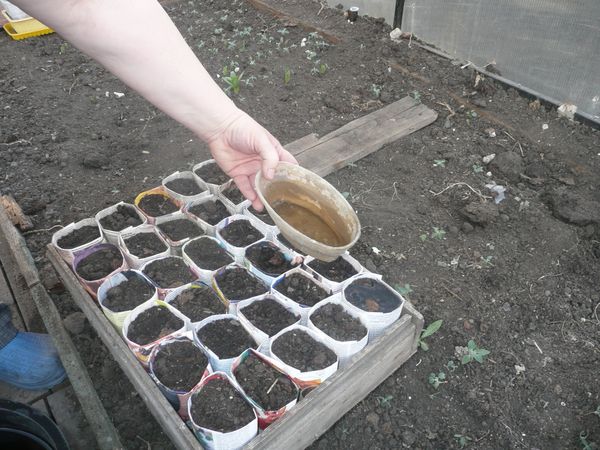
Growing tomato seedlings
Put the ready soil into the boxes, smooth it well so that there are no lumps in the soil, make grooves 1.5 cm deep. Sow the seeds at a distance of 2.5 cm in a row, cover with a layer of peat and moisten with a spray bottle.
The boxes are covered with polyethylene and taken out into a dark room with a temperature of + 23-25 degrees. For 5 days, until the first shoots appear, polyethylene must be removed for a short time in order to saturate the seeds with oxygen. After emergence of polyethylene shoots, remove and deposit seedlings in a well-lit room.
The first two days you need to create around the clock lighting with fluorescent lights. In the future, you need to make sure that the length of the day was at least 16 hours. If necessary, arrange additional lighting. The temperature in the room should be 18-20 degrees.
If the seedlings have 2 leaves, it is necessary to plant them in separate pots with a capacity of 1 liter.It is necessary to do this with extreme caution so as not to damage the still weak root system. It is better to replant seedlings with a lump of earth from the previous place of growth. After transplantation, fertilizing is necessary. For these purposes, the best solution of ash:
- water — 1 liter;
- ash - 1 tablespoon.
A week before planting the seedlings on the beds it must be hardened. To do this, the first two days in the room where the seedlings are located, open the window for 2-3 hours. It is necessary to ensure that there are no drafts, tomatoes do not like it. Then in the following days to take the seedlings to the open air, gradually increasing the time. Three days before transplantation, it is necessary to leave the seedlings in the fresh air for a day.
Planting seedlings on open beds
In the open beds, Honey Saved is grown much more often than in greenhouses. It is recommended to plant seedlings on open beds in May, when the earth warms up well. Plant no more than three seedlings per 1 square. meter. After transplanting, seedlings should be tied up immediately to the supports. Shrub is formed in 1 or 2 stems, it is necessary to remove the lateral processes every week.
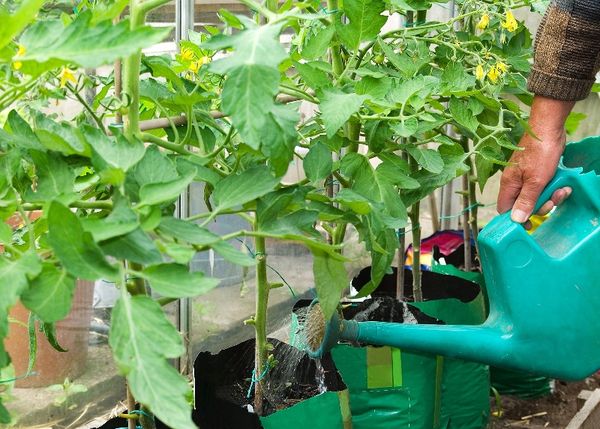
Care
After planting, the seedlings must be watered abundantly. In the future, you need to water moderately, as the soil dries. Water must be separated and warm. Loosening should be performed after each irrigation to avoid stagnant moisture and improve access to the root oxygen system.
Feeding in the period of growth must be made at least three times. The first feeding should be done a week after transplantation. For these purposes it is best to use fermented mullein. At the time of flowering in the soil is better to apply fertilizers containing nitrogen. When forming fruits, tomatoes need fertilizing with fertilizers containing magnesium sulphate.
Seed collection
First you need to choose the appropriate fruit for collecting seeds:
- selection made from the fruits of the first hand (open ground), the second hand (greenhouse);
- fruits must not be deformed, not damaged;
- need to collect well-ripened fruit;
- collection time - mid-August.
Cut the ripe fruit across. Spoon the seeds from the seed chamber with the liquid. Put the seeds in a glass jar.Seeds should be completely covered with juice. We close the jar with a lid, but not tightly to give access to the air, and leave it for 24 hours to ferment.
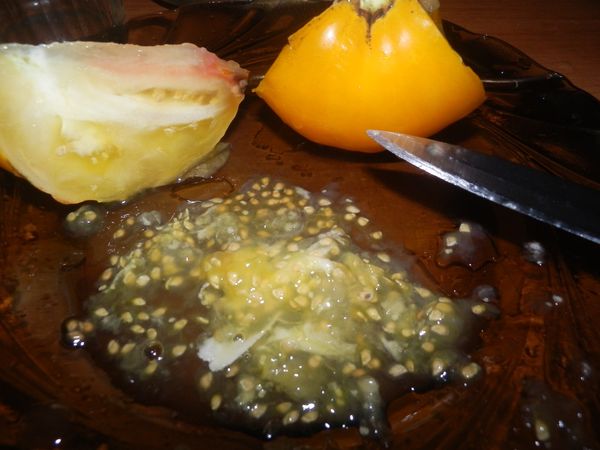
Fermentation is over when the juice becomes brighter, the seeds settle to the bottom, and a film appears on the surface. Drain seeds through gauze and rinse thoroughly under water. Blot the seeds with a towel, pour on a plate for final drying. This process takes 7 days. Dry seeds to collect, put in a rag bag, or a paper envelope and store in a cool dark place.
Diseases and pests
Tomatoes of this variety are resistant to such diseases as:
- late blight;
- tobacco mosaic;
- gray rot
However, for prevention, to avoid infection from other varieties, it is recommended to spray the bushes with phytosporin.
May be attacked by such pests as:
- slugs are naked;
- Colorado beetles;
- scoops;
- aphid;
- whitefly.
- Aphids on tomatoes
- Slug in tomato
- Colorado beetle
- Whitefly and its larvae
- Caterpillar and butterfly scoops
To destroy the larvae used a solution of copper sulfate. When attacking aphids wash the leaves with a solution of soap. Spraying ammonia solution from slugs and flying insects will help.
Harvesting
Harvesting is carried out 110 days after sowing the seeds. The fruits are recommended in the diet for people who are allergic to red fruits. In addition, doctors recommend the use of fresh food for people with diseases of the gastrointestinal tract. And also to improve the work of the kidneys and liver. It is believed that this variety slows the aging of the body. Due to the lack of acid content, fruits are not used for canning.
Even a beginner can grow this variety on his plot. Unpretentious care, high yield and excellent taste will delight even the most demanding farmers.
